
OR
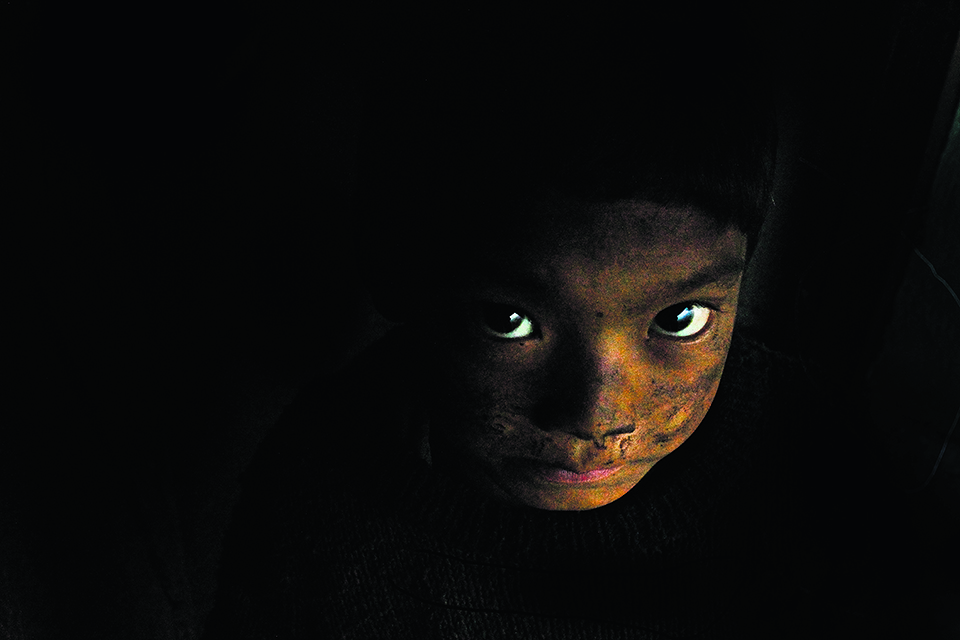
Chepang is one of the most marginalized tribes in Nepal and when I got on opportunity to work for them, I jumped at the chance because I wanted to be a part of a program that would help uplift their livelihoods. During our four-day long program, we were to train four different villages on kitchen gardening and the impacts it had on nutrition and overall health. Our team was to focus on the best use of locally available materials and tools and train them on establishing nurseries, planting methods, and pest management techniques.
So, along with three of my colleagues, I left for Chitwan. Deviating from the highway at Malekhu, we headed south to the Chepang highway – that connects Malekhu, Dhading with Bhandara in Chitwan with approximately 62 kilometers through the Mahabharata Range. We made our way through dusty and ravaged roads, crossing multiple river and rivulets. Many a times we had to get off our vehicle and fill the road with stones and pebbles to be able to continue on our way. There were also big boulders and untamed bushes along the way. We were dropped off at a village called Lowling in Rapti Municipality. From there on, we had to walk.
When we reached the village where the Chepangs lived, I saw houses supported by wooden logs and many of these had roofs barely covered with grass. Kids were barefoot and clad in torn and tattered clothes. There wasn’t a single youngster who was unmarried. 19-year-old Sunita Chepang has been married for seven years and she had three kids already. Juku Maya Chepang, 17, told me she had walked two hours to fetch a jar of water and said, “I have been married for four years and I have two kids.”
There wasn’t an area that was barren as farming was done even on steep slopes. Every other house might have had a couple of pigs and few chickens, but not even a single household had a cow or a buffalo. They are cut off from the rest of the country in terms of infrastructure and livelihood and are lagging behind. However, according to Bipin Kumar Shrestha, program officer at ECCA Nepal, when he first visited the place back in 2009 people would hardly talk or respond to outsiders. He said the adults used to wear a single clothing item while the kids roamed around naked. Shrestha also recalled everyone drinking maize fermented alcohol, even the kids.
But though people are a bit more responsive today, their lives are largely the same as before. On our way back, I was devastated to see a mother carrying two chickens in her arms while her sick son was strapped on her back. She said she would sell those chickens and pay for her son’s treatment. This community seems to have been forgotten and, day after day, their lives take a turn for the worse.
The writer is post-grad student of Agriculture Extension and Rural Sociology and a blogger at Nepal Travel Tales.
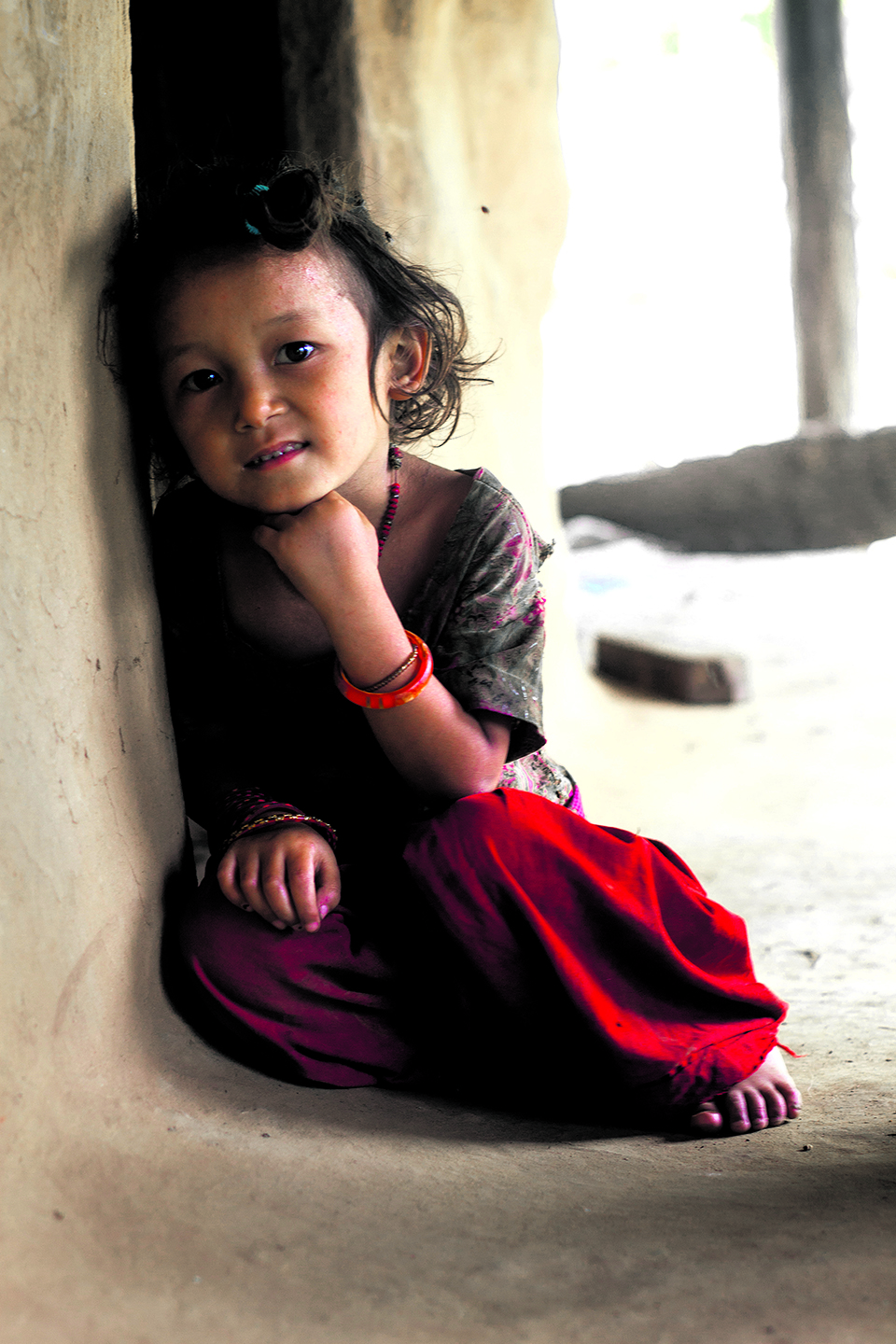



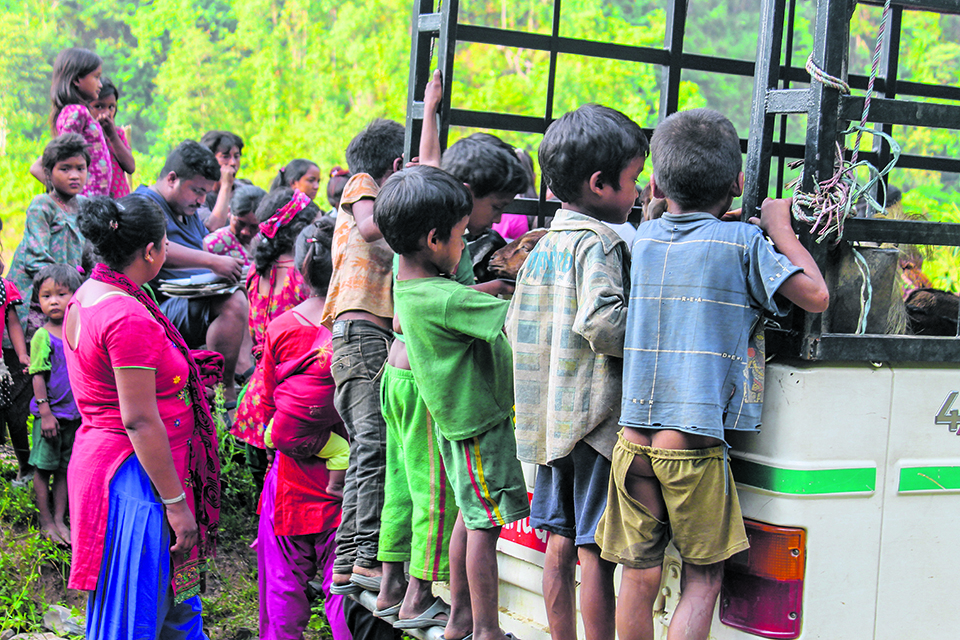
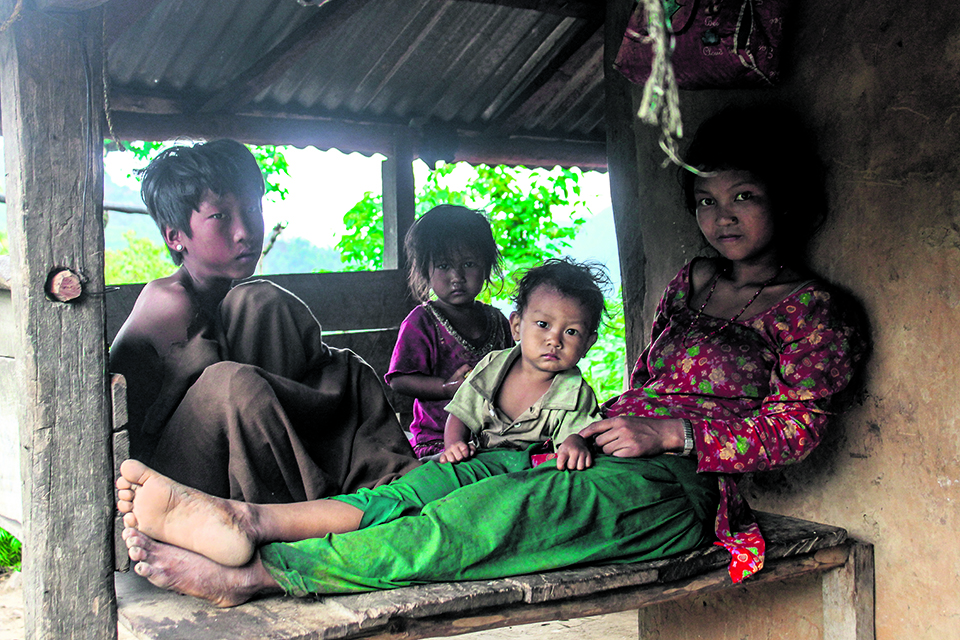
You May Like This

Five hundred people were poisoned in Syrian gas attack that killed 43 people including children: WHO
Up to 500 people were poisoned in the Syrian gas attack that killed 43 people including children, the World Health... Read More...

NC leader Bhandari announces 300 houses for marginalized people
GULMI, Sept 24: Nepali Congress (NC) central member Chandra Bhandari has announced to construct houses to the marginalized Bote, Majhi... Read More...



Just In
- Karnali CM Kandel secures vote of confidence
- National Youth Scientists Conference to be organized in Surkhet
- Rautahat traders call for extended night market hours amid summer heat
- Resignation of JSP minister rejected in Lumbini province
- Russia warns NATO nuclear facilities in Poland could become military target
- 16th Five Year Plan: Govt unveils 40 goals for prosperity (with full list)
- SC hearing on fake Bhutanese refugees case involving ex-deputy PM Rayamajhi today
- Clash erupts between police and agitating locals in Dhanusha, nine tear gas shells fired









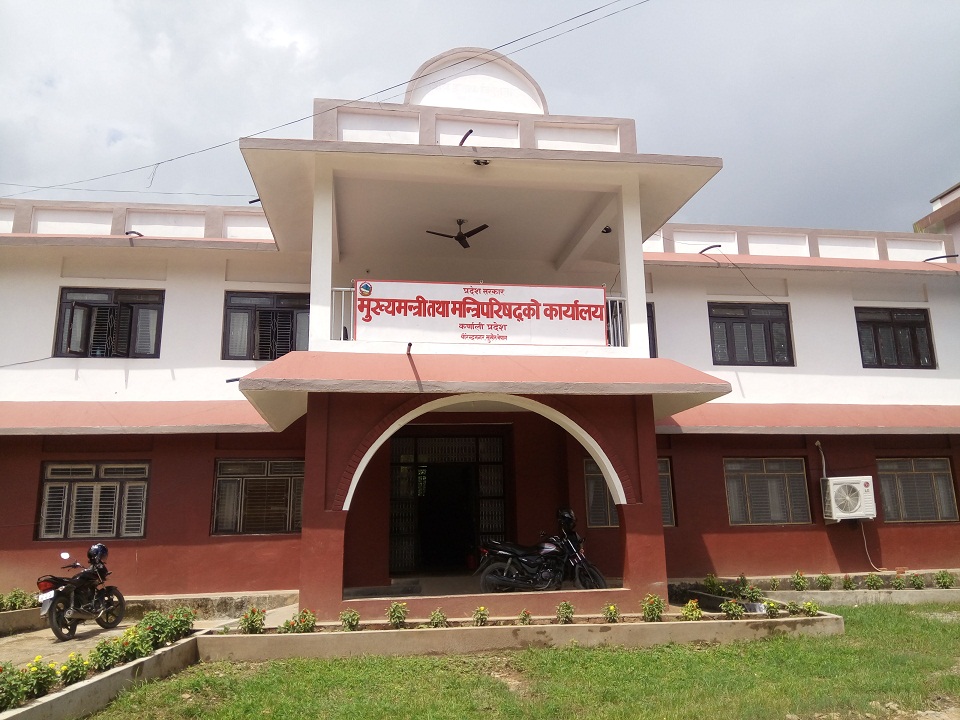

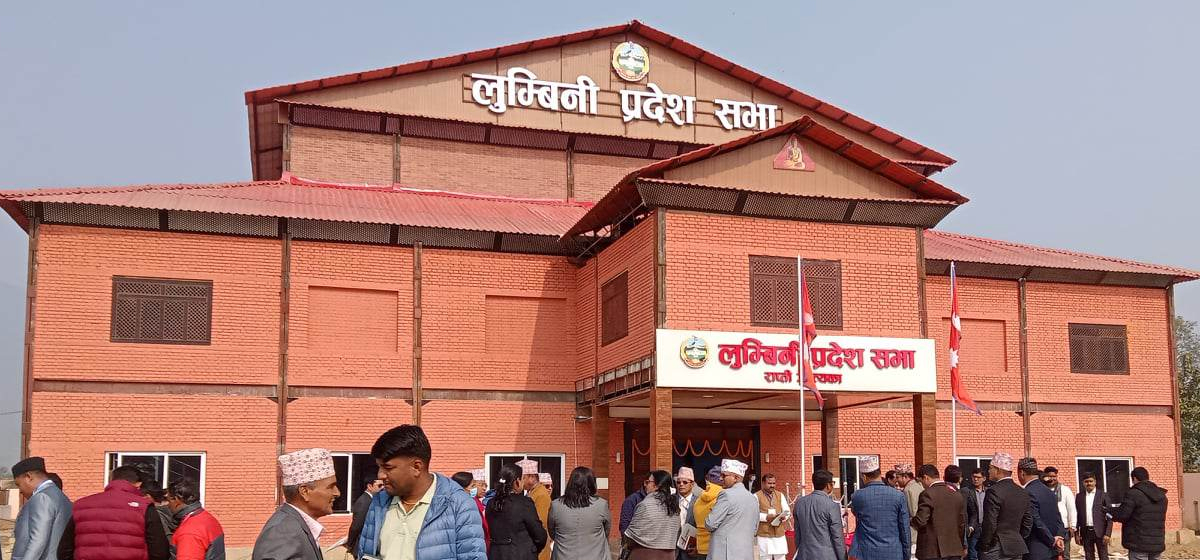




Leave A Comment